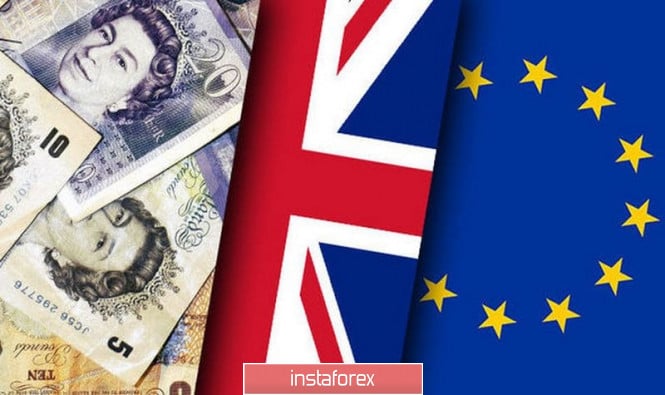
The British currency marked the New Year with a sharp increase against the US dollar. However, the pound had a hangover in early January: the GBP/USD pair plunged below the bottom of the 31st figure.
Data on business activity in the UK services sector for December became a kind of pickle for the pound.
The Purchasing Managers Index managed to cling to the psychologically important mark of 50, and new orders grew at the fastest pace in five months.
I am glad that the British currency is beginning to show sensitivity to macro statistics. However, the main driver for changing quotes is still politics. Investors continue to monitor the situation around Brexit.
Relations between London and Brussels remain tense. The new European Commission President, Ursula von der Leyen, expressed serious concern about Boris Johnson's intentions at the legislative level to limit the transition period to December 31, 2020. The British prime minister believes that it will take less than 12 months to sign a trade agreement. It seems that he decided to bargain with the EU, because the draft "divorce" agreement is already on the table.
It should be understood: even the UK's divorce from the EU does not isolate the country from the influence of external demand. Great Britain is characterized by the same trends as the United States or the eurozone, namely, the weakness of industry and the stability of the service sector, a strong labor market and sluggish inflation.
If the global economy begins to recover against the backdrop of the end of the US and China trade conflict, this will have a positive effect on the UK export and manufacturing sector and, accordingly, on the pound.
However, this will be later, but for now the GBP/USD pair is still consolidating, remaining below the resistance level of 1.3285.
The decline is expected to be held back by the 55-day moving average of 1.2993. On December 23, the pair noted a low of 1.2908, and while trading takes place above it, the "bullish" mood should remain in order to retest the December high of 1.3515.
A breakout of the support of 1.2908 will bring into the game a 200-day moving average of 1.2690.
The material has been provided by InstaForex Company - www.instaforex.com